
Betty Boyd Caroli has made a career out of her expertise in the wives of American presidents. But the nation’s view of one particular FLOTUS has long left the author of First Ladies puzzled: Lady Bird Johnson. Biographies of Lyndon Johnson tended to describe his wife as shy, retiring, demure. But the story her life told was very different. She was a successful business owner who often spoke about how her marriage was a partnership of equals.
So Caroli set out to write Lady Bird’s story—only to have her editor point out that it was not just the story of a woman but of a marriage, one that commenced on this day, Nov. 17, in 1934. The resulting book is the new dual biography Lady Bird and Lyndon: The Hidden Story of a Marriage That Made a President. Caroli spoke to TIME about how Lady Bird Johnson changed the office of the First Lady and what the Johnsons can teach couples today.
TIME: Lady Bird Johnson made “beautification” her personal project as First Lady. Was she the first to turn the First Lady’s office into something that focused on particular projects?
Caroli: There’d been some examples of First Ladies who lent their names to certain causes, like Lou Hoover and the Girl Scouts. The first wife of Woodrow Wilson, who was Ellen Wilson, worked on cleaning up housing in Washington, D.C. You can go all the way back to Elizabeth Monroe renovating the White House. What’s different about Lady Bird Johnson’s project was that it was a very carefully defined program with a competent, large staff to see it through. No one had ever done anything like that before.
To what extent is that legacy still felt in the White House?
Everyone since then has had a defined project that’s associated with their name. For Pat Nixon it was volunteerism, for Betty Ford it was dance and the Equal Rights Amendment, for Nancy Reagan it was ‘say no to drugs’ — before Barack Obama was even nominated Michelle Obama was asked what would be her project if he became president. If it’s Bill Clinton [up next], I think somebody will say ‘What are you going to concentrate on?’
I was interested to read that you were the first biographer to use the letters from their courtship. How did that come about?
The whole batch, her to him and him to her, there are about 80 of them, were finally put together by the library on Valentine’s Day of 2013. No one that I know of has written about them except just to acknowledge that they exist. But anybody can read them. They’re online.
Letters like that give a lot of power to a First Lady who outlives her husband and can decide what to do with them.
That’s certainly true with Lady Bird. She was so open about wanting everything in the library, even her unpublished diary. The letters, first of all, she carried them with her in a little box. She says in her unpublished diary that the day after her daughter Lynda’s wedding in December of 1967, at the very worst part of the Johnson administration—and Lyndon didn’t even stay for the entire reception, which is really a very sad story—[she got] out the little metal box. One of the batches was tied with a red ribbon and the other with a blue ribbon. And she opens them and reads them.
Lyndon Johnson had a reputation as a womanizer and Lady Bird was openly confronted with that reputation in the press. How do you think the media would treat Lady Bird today if they had been in the White House in 2015?
The Johnsons were the first presidential couple to face that close scrutiny by the press. You won’t find that about any president before them. I interviewed people who said what Lyndon Johnson did was nothing compared to what John F. Kennedy did, but the press cooperated by keeping [Kennedy’s affairs] very quiet. Part of the problem with the Johnsons was that Lyndon Johnson loved being thought of as a sort of Romeo on wheels. He fostered those stories about his relationships with other women. He would be with someone he didn’t even have a close relationship with and if Lady Bird were present, or some reporters, he would put his arm around the woman or hold her hand and act like something was going on, when there was nothing going on.
In fact TIME, if you look at the [issue with] the first vacation the Johnsons took to the ranch after he became president, he’s pictured in a convertible with attractive journalists. They pictured him as a flirtatious person. So what does a wife do with that? Lady Bird made a point of acting as though it didn’t matter and that she knew she was number one and essential to his career. Now, your question about what would happen today—I can’t think of another president who would go to that length to embarrass his wife about his relationship with other women. I don’t think we accept that very much.
But some of the stuff that seemed edgy for Lady Bird to say, for example when she’s talking about how they have a partnership, would today be applauded.
I think so. Remember, one of the reasons I think she’s underrated is that she did make a point of [seeming like] the demure Southern lady. She talks about how when she was in what we would call junior high school, she learned how to roll her eyes and draw out her vowels and act as though she were not too bright. I think that fooled a lot of people.
This book isn’t exactly a romance advice manual, but is there anything from your research into their marriage that would be good advice?
I think if they could talk about this they would say that the impression people get of a marriage is often not correct. So many of the biographers of Lyndon have covered the relationship with his commanding presence, interested only in power, and she comes off as a doormat in some cases. But they didn’t see it that way. I think their advice would be that marriage can be much more complicated than you think — particularly political marriages.
Listen to an exclusive clip from the audiobook version of Lady Bird and Lyndon here:
This interview has been edited and condensed
Adam and Eve
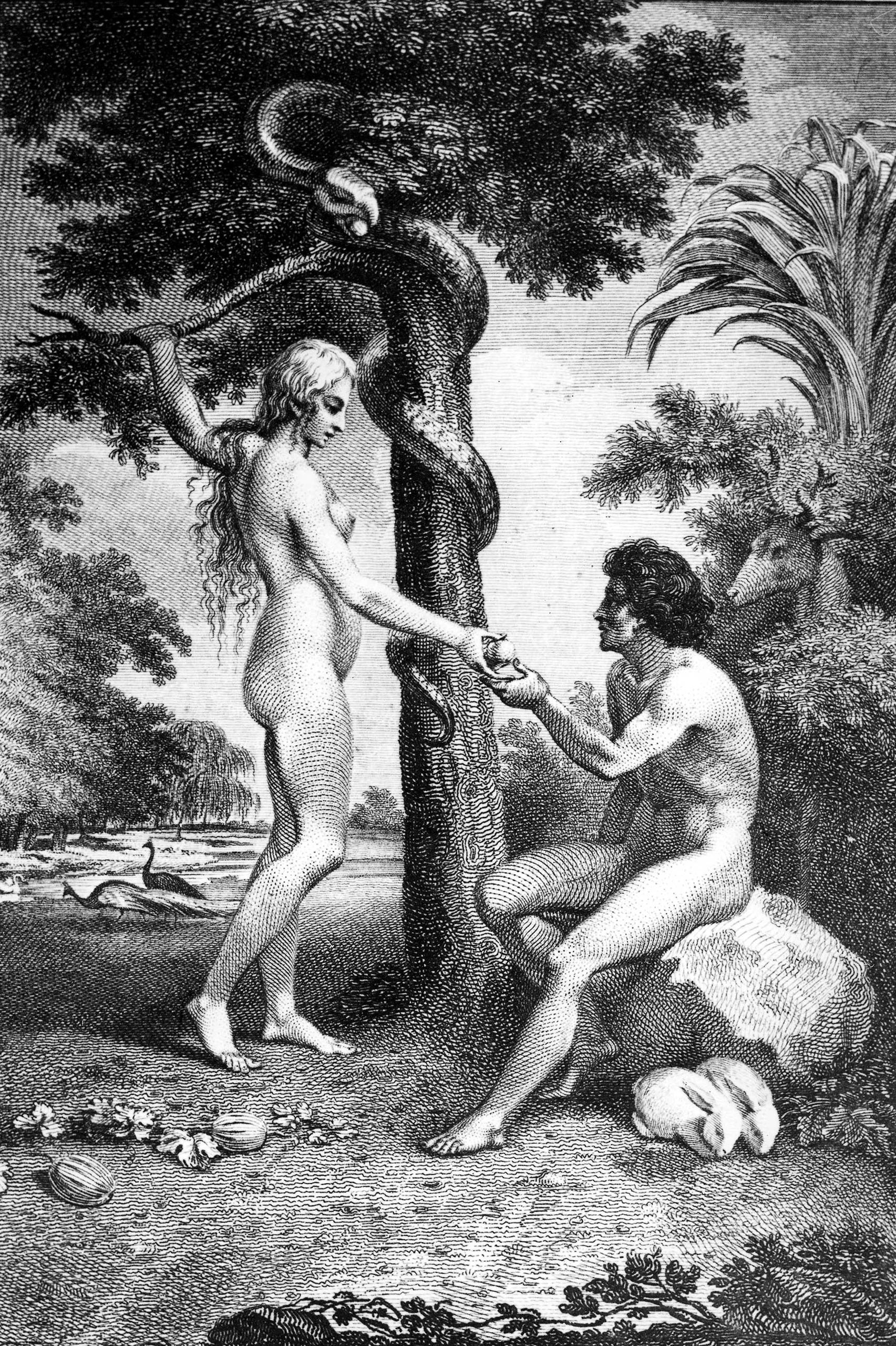
You take a man and his rib, add a garden, a snake, and an apple, and the next thing you know, you have the human race. When there’s no one to influence until you procreate, that’s influence.
Abigail and John Adams
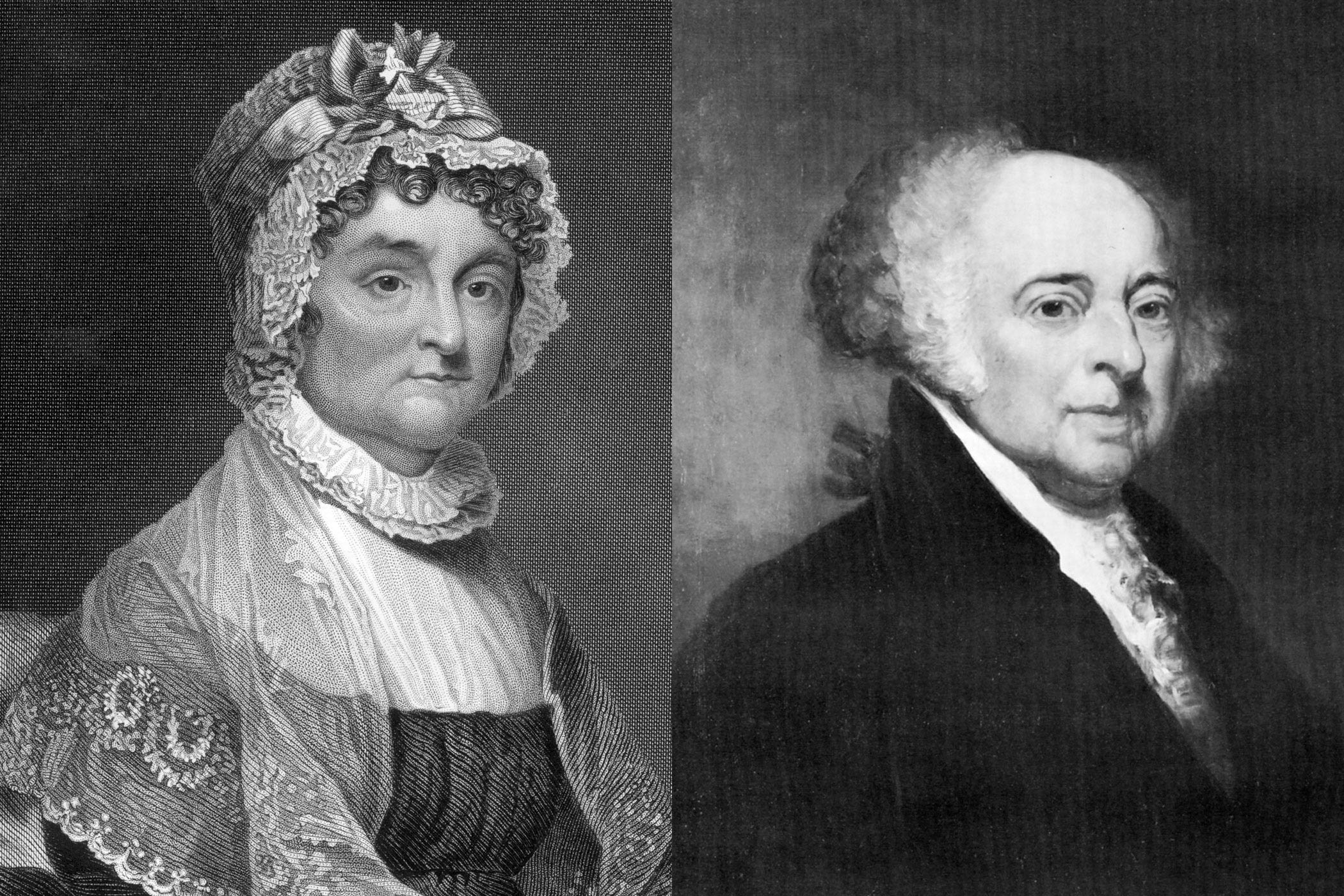
Her plea to him during the Continental Congress to “remember the ladies” proved futile. But she herself was unforgettable as wife, confidante, First Lady, and indispensible advisor.
Lucille Ball and Desi Arnaz
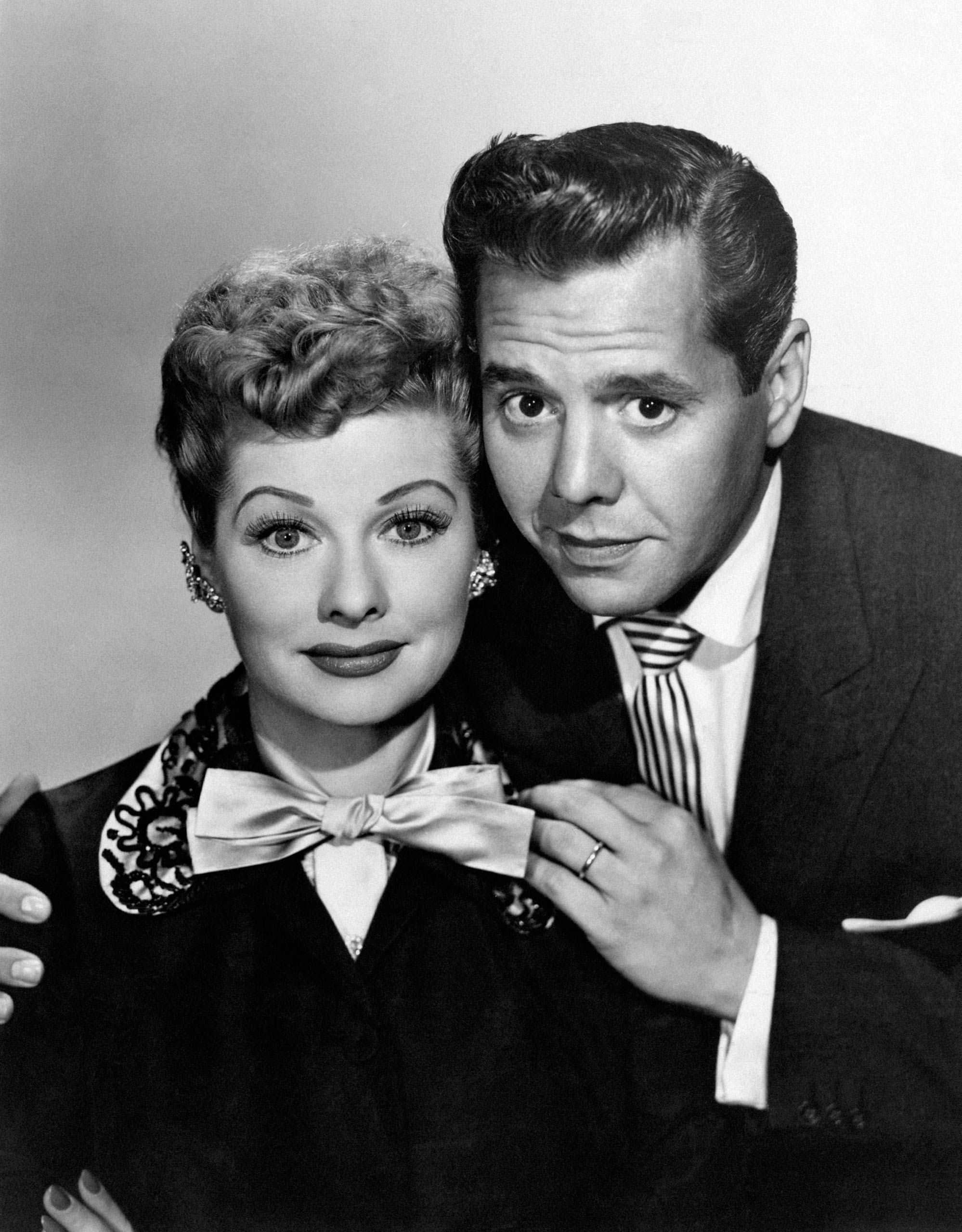
As a real-life couple, they created a fictional world in which Lucy was forever trying—and hilariously failing—to escape the confines of the wifely role that the 1950s and Ricky demanded of her. The Arnazes’ marriage ultimately sank, but the Ricardos live on all over the world.
Beyoncé and Jay Z
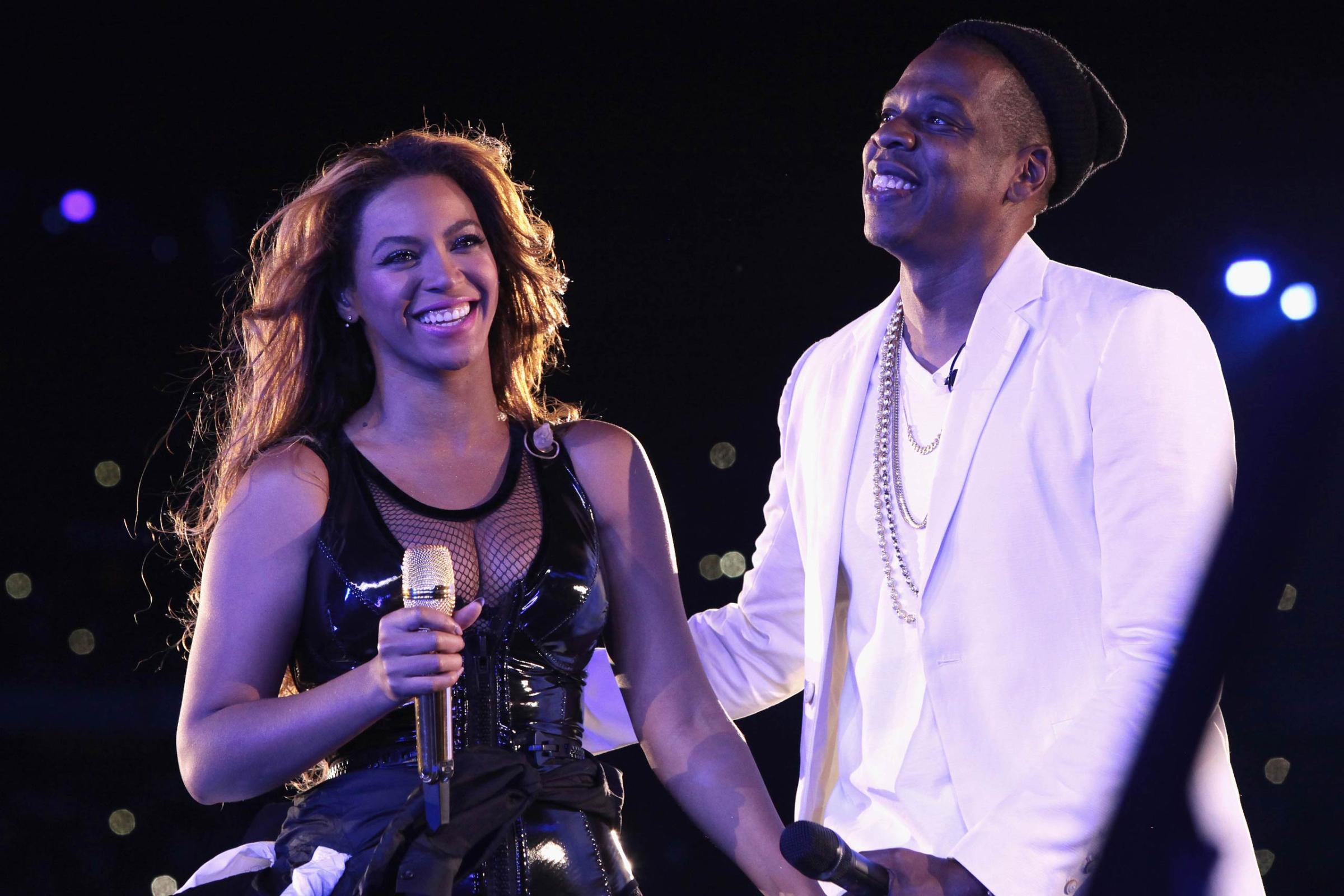
Individual monarchs of the music industry, they began their combined reign when they married in 2008. They now have a daughter named Blue Ivy, an estimated net worth over $1 billion and the ability to make or break world trends overnight.
Archie and Edith Bunker

His bigotry and her battiness aside, it was the love between Archie and Edith on All in the Family that allowed Americans to look at both the worst and the best in themselves.
Bill and Hillary Clinton

Successes and scandals, defiance and resilience, and an inimitable brand of loyalty have marked the Clintons’ unparalleled political careers. From the Arkansas State Capitol to the White House to the Senate to Foggy Bottom, their wins and losses have shaped the American narrative for a quarter of a century. With Hillary’s new run for the presidency, the next chapter has just begun.
Marie and Pierre Curie

Talk about marital chemistry. And physics. Working side by side in Paris, the Curies were pioneers in the study of radioactivity, without which we would have no x-rays, no ability to kill microorganisms in food, no sterile medical instruments, and, oh, by the way, no nuclear reactors.
Zelda and Scott Fitzgerald
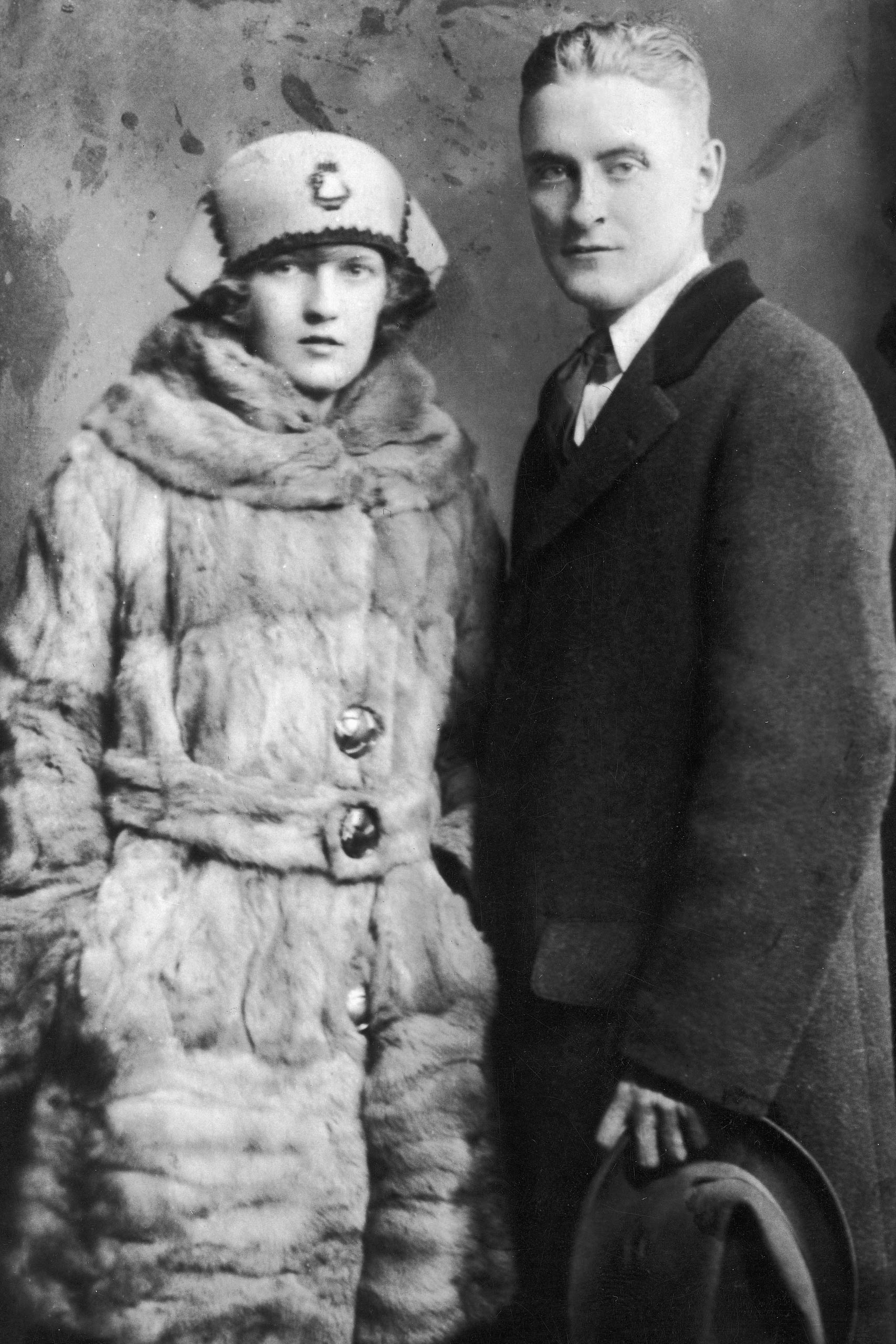
No account of the Jazz Age, or perhaps of the 20th century, can be made without the couple who danced, drank, loved and fought their way through it. Their reckless intensity reflected and encouraged the new freedoms of a modern age. Scott once wrote: “We felt like small children in a great bright unexplored barn.” Eventually, they burned the barn down.
Bill and Melinda Gates
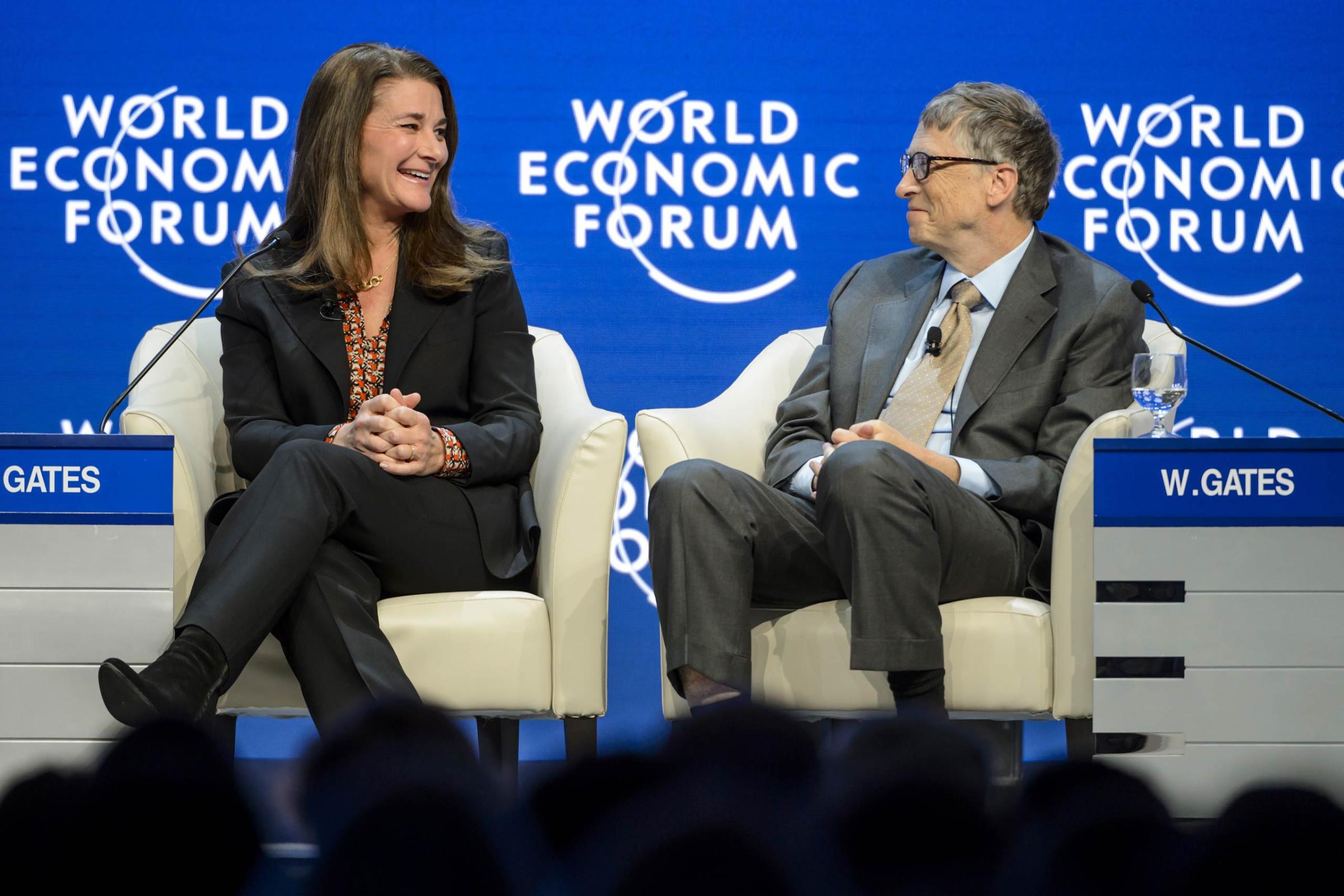
In his garage, Harvard dropout Bill pondered why computer hardware was sold but computer software was just passed around. From that question grew Microsoft, where Melinda eventually went to work. Married in 1994, they created the largest private foundation in the world, and, with the “Giving Pledge,” successfully urged other billionaires to follow their philanthropic lead.
Henry II and Eleanor of Aquitaine
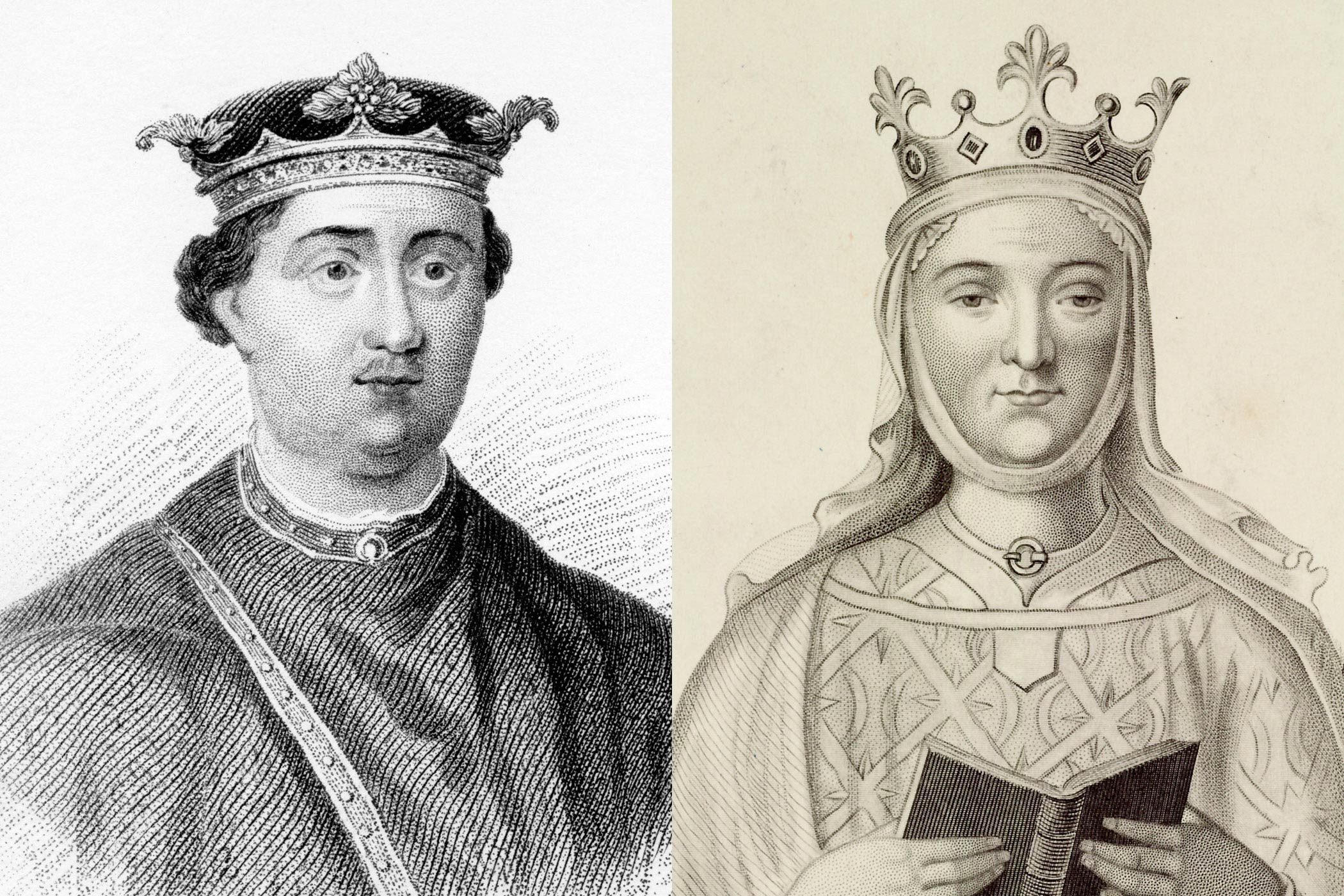
The two married in 1152 and were forceful and combative with their court, their neighbors, their six living children and—famously—with each other. At the height of their reign, they were the ultimate power couple, controlling most of the land in Great Britain and France.
Henry VIII and Anne Boleyn

True, Henry had Anne beheaded after just three years. But he married her because his first wife had failed to produce a male heir. His insistence on a divorce so he could marry Anne led directly to Henry’s excommunication by the Catholic Church and thus to the birth of the Reformation.
Pat and Bill Loud

Decades before Kris and Bruce Jenner spawned the Kardashian universe—along with its controversies, revelations, accusations and affections—American TV audiences were spellbound by another married couple. During its twelve weekly episodes in the early 70s, “An American Family” gripped TV viewers as the Louds, married for 21 years with five children, allowed cameras into their home. The series—highlighted by the riveting moments in which son Lance came out as gay and Pat told Bill that she wanted a divorce—was trumpeted as portraying real life, making the Louds the parents of reality TV.
John and Jackie Kennedy

He once introduced himself as the man who accompanied Jacqueline Kennedy to Paris, and her style and elegance set the tone for an erudite yet modern White House that was fated to be remembered, both in its charm and its tragedy, as Camelot.
John Lennon and Yoko Ono

Sure, she was reviled for breaking up the Beatles. But their marriage gave us indelible images of intimacy—from the friendly zoo of their honeymoon bed-in to the Annie Leibovitz–photographed Rolling Stone cover of Yoko with a naked, embryonic John curled around her. Along the way, her passion for peace inspired his signature anthem; Imagine no “Imagine.”
Louis XVI and Marie Antoinette
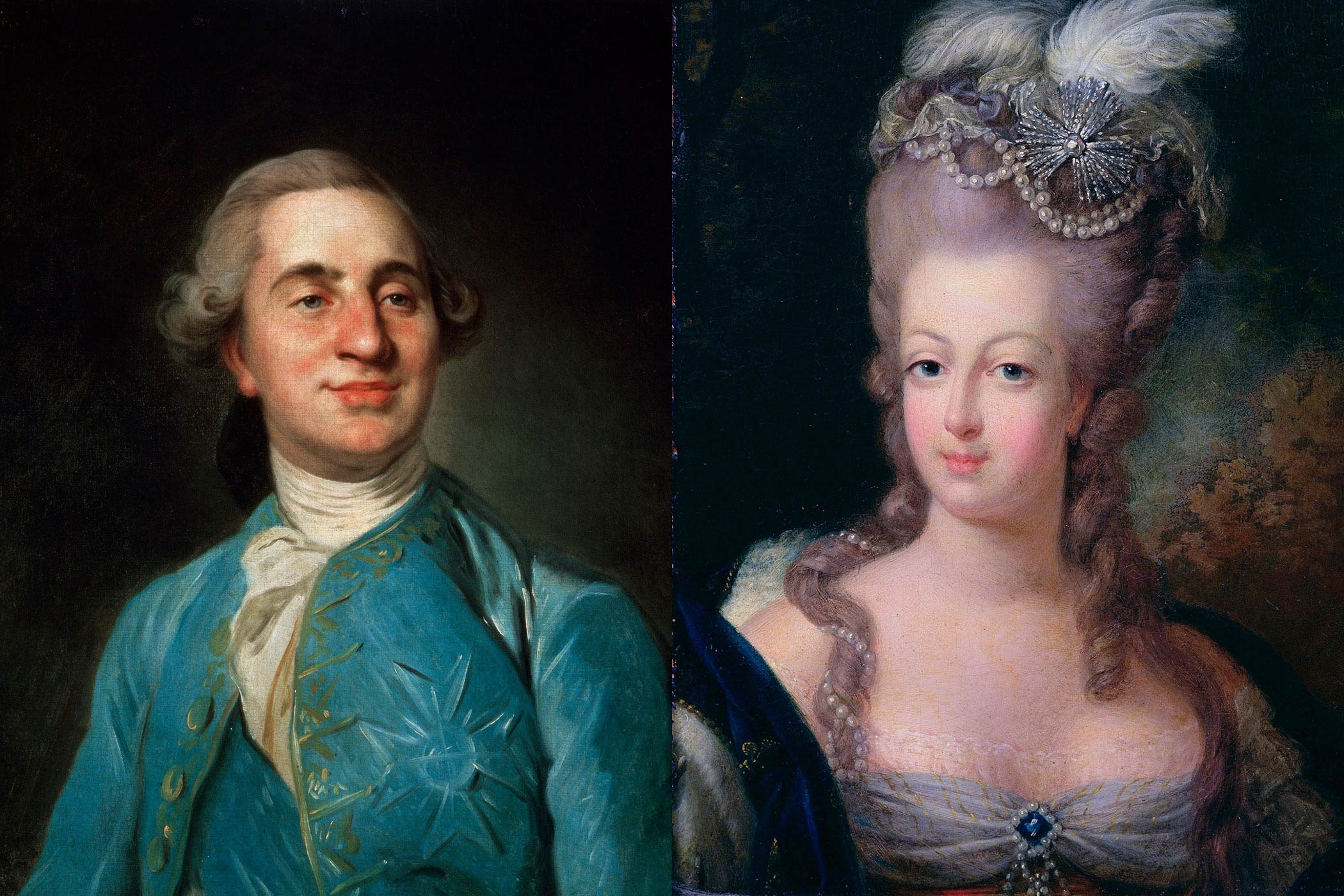
Married in their mid-teens and residing in splendor at Versailles, they were destined to embody (until forcefully disembodied) the final throes of the French monarchy, with its spectacular excesses, huge public debts, and let-them-eat-cake contempt for the poor.
Mao Tse-Tung and Jiang Qing

As Mao’s fourth and last wife, Madame Mao was a partner in some of the most brutal aspects of the Cultural Revolution, supporting the Red Guard as it attempted to purge China of all perceived threats to the Communist order. Eventually, as one of the treacherous “Gang of Four,” she effectively ran the propaganda machine that created and sustained the Cult of Mao.
Bill Masters and Virginia Johnson

Inevitably glamorized by the Showtime series about them, Masters, a gynecologist, and Johnson, initially his research assistant, did share first a mission and then a life. Their groundbreaking numbers-heavy studies of sex made them the punch line of a million jokes, but ultimately contributed to the demystification of one of life’s most miraculous and complex subjects.
Michael McConnell and Jack Baker
Jack proposed to Michael in 1969, and Michael accepted with the proviso that they make the union legal. Their attempt to do just that eventually led them to the Supreme Court, which in 1972 dismissed the case. But the substance of their initial argument—that limiting marriage to opposite-sex couples was irrational and discriminatory—paved the way for legal victories in state after state—including, two years ago, in their home state of Minnesota.
Marilyn Monroe and Joe DiMaggio

Married for 274 days, the baseball giant and the screen legend turned out to be ill-suited and ill-fated. He was possessive, jealous, volatile. She was Marilyn. Their legacy was unintentional, but the multi-media circus that followed them was unprecedented, just warming the world up for the likes of Liz and Dick, Grace and Rainier, even Diana and Charles. They were the first celebrity couple of the modern age.
Georgia O’Keeffe and Alfred Stieglitz
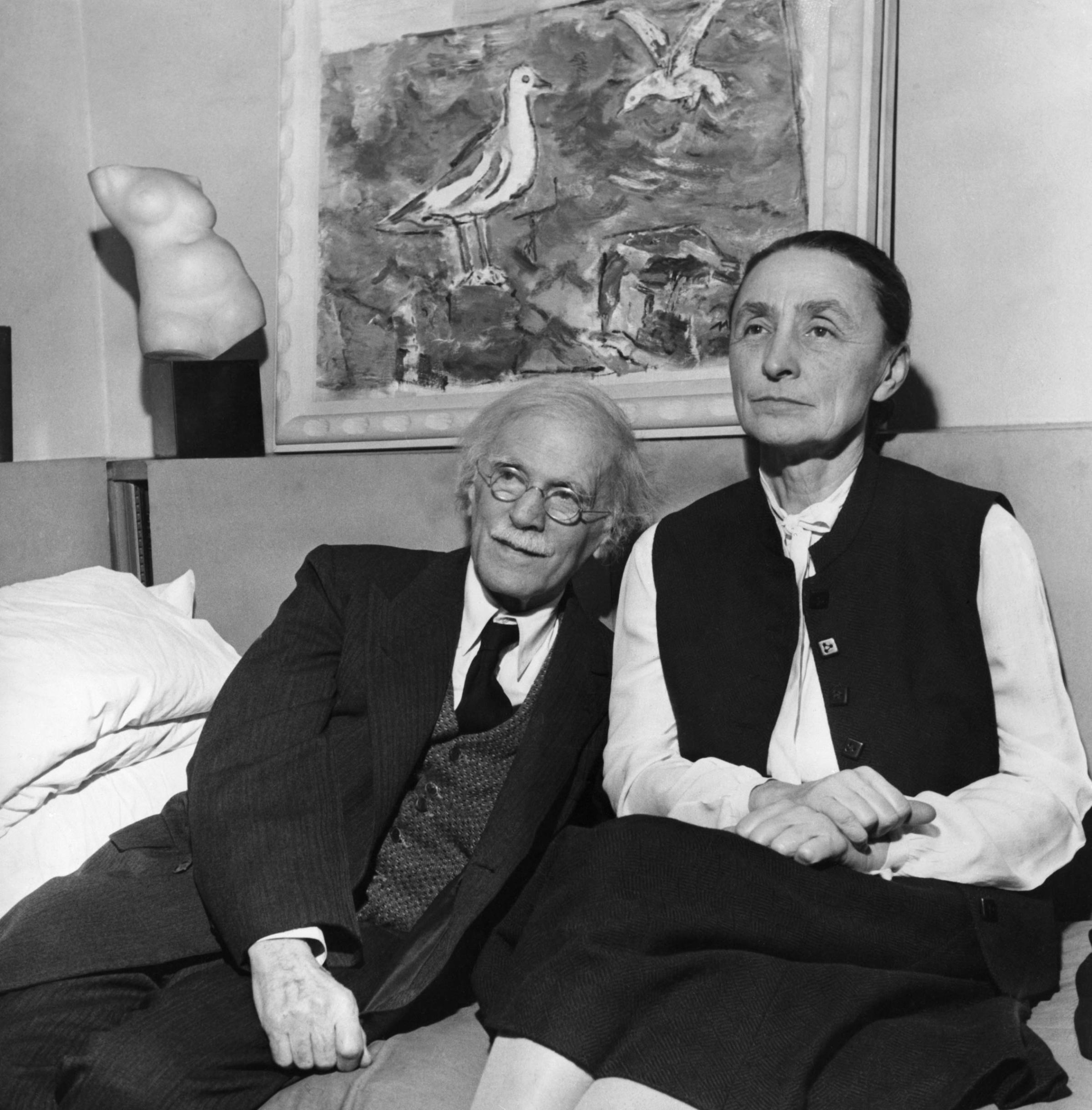
He fell in love first with her drawings, then with her. They became photographer and subject, then lovers, then spouses. Long separations and infidelity were obstacles, yet they remained married until Stieglitz’s death in 1946, and united forever by their contributions to and championing of modern art.
Eva and Juan Peron

The left-wing Argentinian president and charismatic first lady (“Evita” to anyone who’s seen the musical and been tempted to cry for her) fought poverty, sought to improve public health, and backed labor reforms, mixing public-mindedness with a sometimes ruthless authoritarianism.
Romeo and Juliet

They married in passionate defiance of their feuding families. Though there had been other versions of the story—and would be more, in poems, ballets, and even the musical West Side Story—it was the indelibility of Shakespeare’s 16th-century tragedy that made Romeo and Juliet the universal symbols of star-crossed fate and perfect love.
Eleanor and Franklin Roosevelt

While he battled the Great Depression and the Axis Powers, she used their private moments to lobby him on the progressive issues about which she was most passionate. Along the way, she transformed the role of First Lady into a bully pulpit from which she could fight for civil rights and greater workplace opportunities for women.
Julius and Ethel Rosenberg
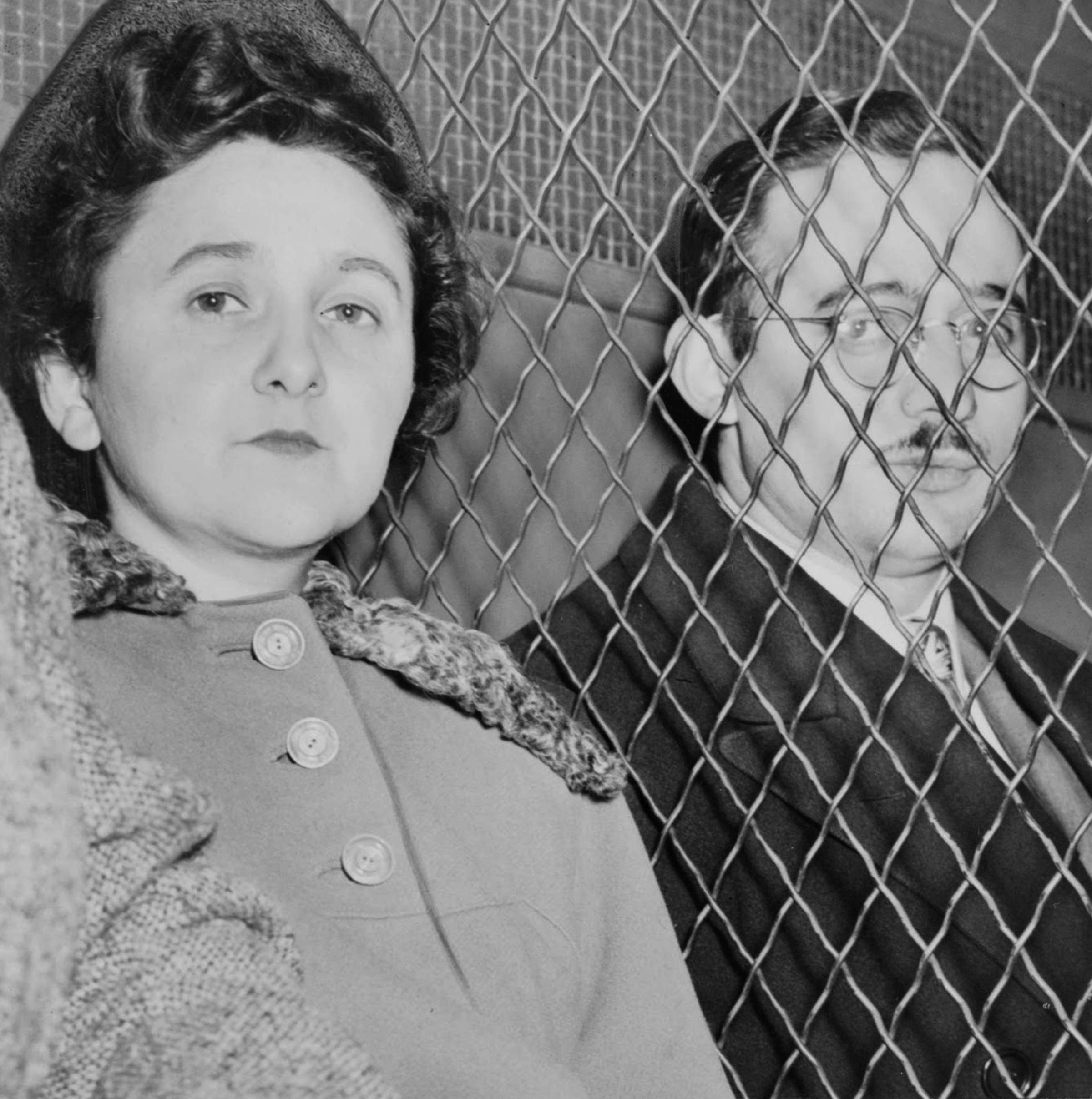
Were they innocent victims of the Red Scare, misguided progressives or traitorous spies who passed atomic secrets to the Russians? The epic debate over these questions encapsulated an era in which the enemy was particularly fearsome because it was so insidious. The married parents of two young sons were electrocuted within hours of each other, adding an extra chill to the Cold War.
Marge and Homer Simpson
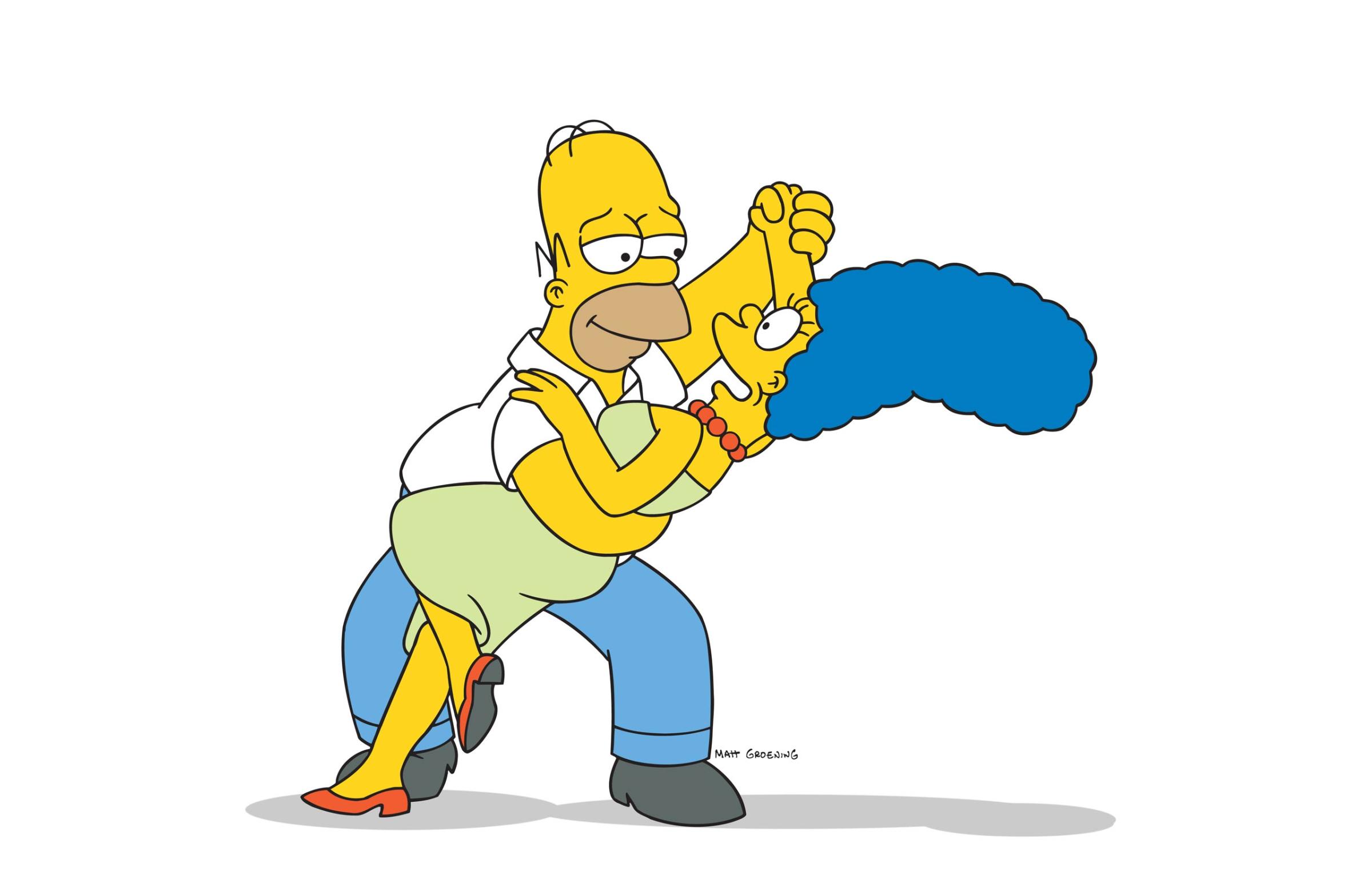
Marge is both hotter and cooler than the ever-ditzy Homer, but his unwavering, unconditional, unquenchable love wins her heart and ours even as they, and we, understand that he doesn’t remotely deserve her. Their co-dependency—he adores her, she adores being adored—mirrors millions of modern marriages, and their longevity has somehow made even our own dysfunctions enviable.
Read next: George Clooney Says Marriage to Amal ‘Changed Everything’
More Must-Reads from TIME
- Cybersecurity Experts Are Sounding the Alarm on DOGE
- Meet the 2025 Women of the Year
- The Harsh Truth About Disability Inclusion
- Why Do More Young Adults Have Cancer?
- Colman Domingo Leads With Radical Love
- How to Get Better at Doing Things Alone
- Michelle Zauner Stares Down the Darkness
Write to Lily Rothman at lily.rothman@time.com